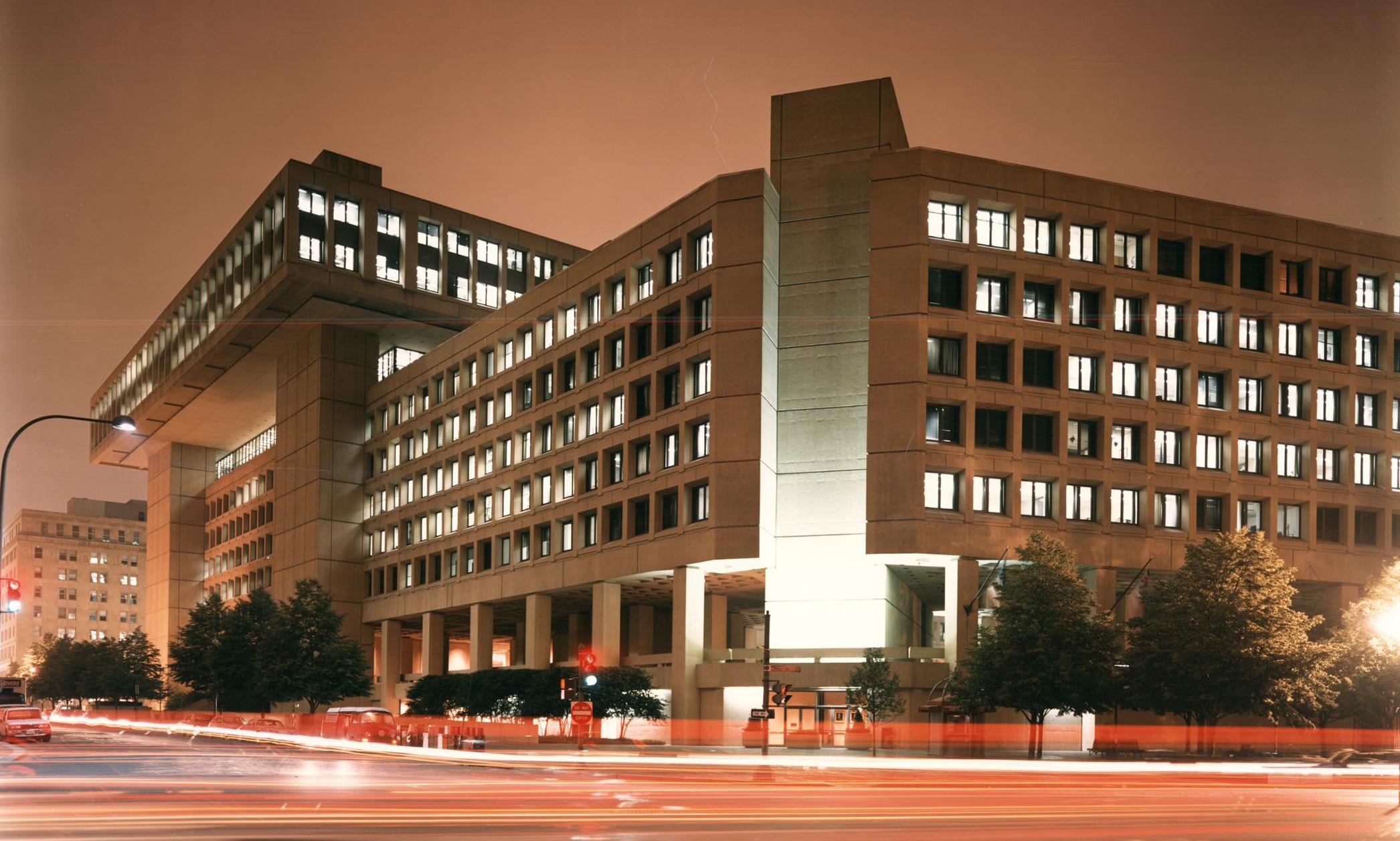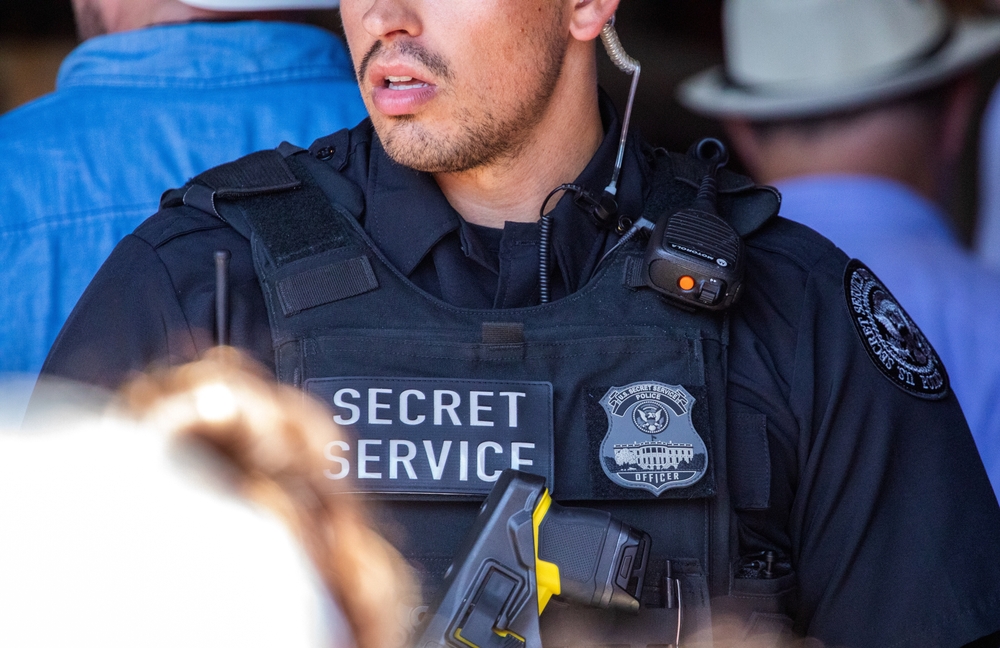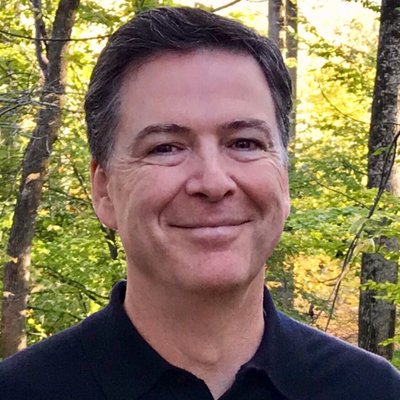In one of the more perplexing FBI cases in the 21st Century, science played a key role. It just took time to get results. Here’s why.

By Joby Warrick
Washington Post Staff Writer
WASHINGTON — In late October 2001, lab technician Terry Abshire placed a tray of anthrax cells under a microscope and spotted something so peculiar she had to look twice. It was two weeks after the country’s worst bioterrorism attack, and Abshire, like others at the Army’s Fort Detrick biodefense lab, was caught up in a frenzied search for clues that could possibly lead to the culprit. Down the hall, Bruce E. Ivins, the respected vaccine specialist, was looking, too.
Abshire focused her lens on a mold-like clump. Anthrax bacteria was growing here, but some of the cells were odd: strange shapes, strange textures, strange colors. These were mutants, or “morphs,” genetic deviants scattered among the ordinary anthrax cells like chocolate chips in a cookie batter.
Unknowingly, Abshire had discovered a key to solving the anthrax case. But it would take nearly six years to develop the technology to allow FBI investigators to use it.
Ultimately the evolving science led investigators to Ivins and a strikingly original collection of anthrax spores that became the focus of the FBI’s probe.
For Full Story
See Latest FBI Documents On Case




